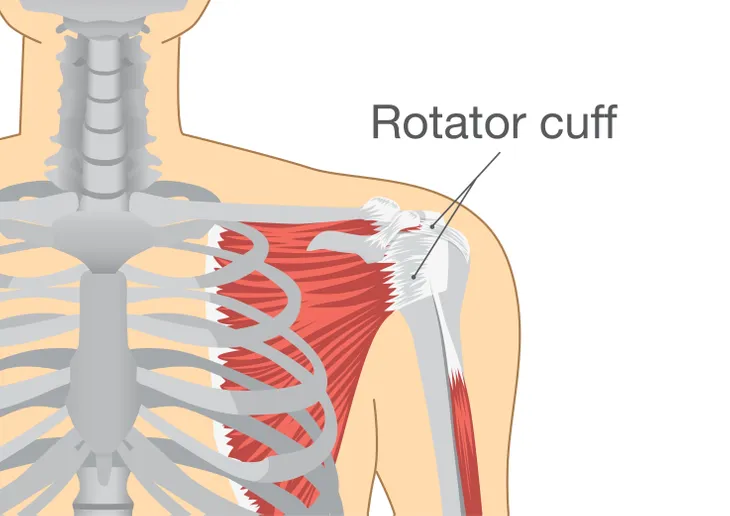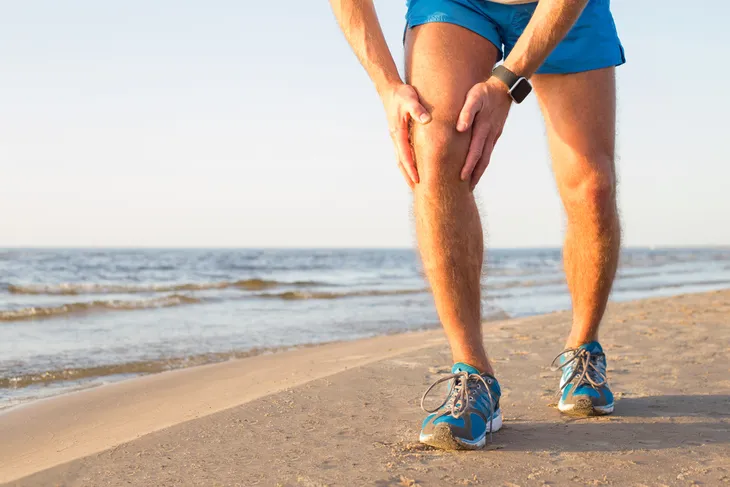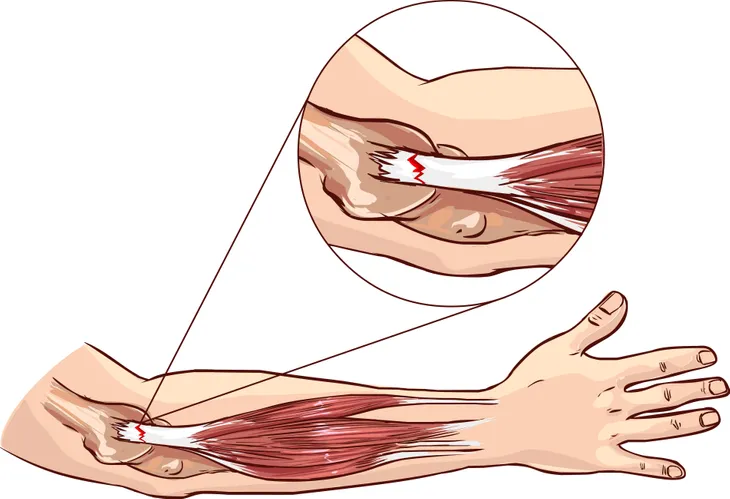You risk a sports-related injury every single time you step onto the golf course, field, diamond, or track. However, that doesn’t stop most of us from putting our bodies through the strenuous motions of play that include repetitive stress on muscles and joints that can lead to sprains, tears, and one of these most common 9 sports injuries…
Plantar Fasciitis
Plantar fasciitis occurs when the plantar fascia, the connective tissue on the sole of the foot and bottom of the heel, becomes painfully inflamed. You’ll typically know you have it from the shooting pains that strike the bottom of your foot as soon as you take your first run or steps after a period of inactivity.
A clear indication of plantar fasciitis is early morning stiffness and pain under your foot when taking your first few steps of the day.
Torn Rotator Cuff
A tear in your rotator cuff affects the tendons of one or multiple rotator cuff muscles in your shoulder. There are four rotator cuff muscles in all that cause or damage, achy pain, numbness, tingling, and shooting pains in the area of the shoulder—most typically when the arm is lifted over the head.
Runner’s Knee
Orthopedic surgeons make almost 50-percent of their business from shoddy knees. And runner’s knee, which results after a tear or long term wear damages and deteriorates the tendon right below the kneecap is the most common knee injury affecting runners, cyclists, tennis players, soccer, football, basketball, and volleyball players.
Concussion
Concussion result from serious head trauma, so severe that the brain actually rattles around in the skull, firing off brain cells and simulating a seizure. Concussions can also occur from less traumatic trauma such as falling, colliding with another person playing sport or simply hitting your head on an object.
A concussion most often occurs from a blow to the head during contact sports (i.e., football or hockey), causing disorientation, vision problems, headaches, dizziness, memory loss, and nausea. Even though an athlete can handle one or two concussions; repeated concussions will cause permanent brain damage.
Hamstring Injuries
Hamstring injuries typically affects athletes who run or perform high impact moves that are absorbed by the hamstring muscles, the long cord-like muscle that runs down the back of the leg. A normally tight, rigid muscle, the hamstrings are prone to strains, pulls, tears, and serious muscle ruptures.
Achilles Tendinitis
Achilles tendonitis occurs when the tendon at the back of the ankle suffers repetitive stress. It’s another common injury for running and jumping sports, leaving the tendon so painfully inflamed that running and supporting yourself on the affected leg is almost impossible.
Strained Groin
A strained groin results when the fan-like muscles of the adductors (located on the inside of the upper thigh) are pulled too far, leaving the area swollen and bruised. Since the adductor muscles draw the legs together, you risk a groin strain in sports where you make sudden stops and starts while running with opposite directional changes—like basketball, soccer, hockey, and tennis.
ACL Injuries
ACL (or Anterior Cruciate Ligament) injuries are another injury that results from sports with sudden running stops and starts and quick or twisting directional changes. Your ACL is one of 4 ligaments set deep within the knee, and a partial or complete tear can occur when the feet aren’t set properly to absorb the shock of an impactful landing or when colliding with another person.
Tennis or Golf Elbow
Elbow injuries are particularly common with sports that overuse the area (i.e., tennis or golf, hence the name). They occur with the gradual degeneration of the epicondyle tendon of the elbow—from moves like repeated golf swings or tennis backhand strokes, resulting in inflammatory pain on either side of the elbow (the outside for tennis players and the inside for golfers).












